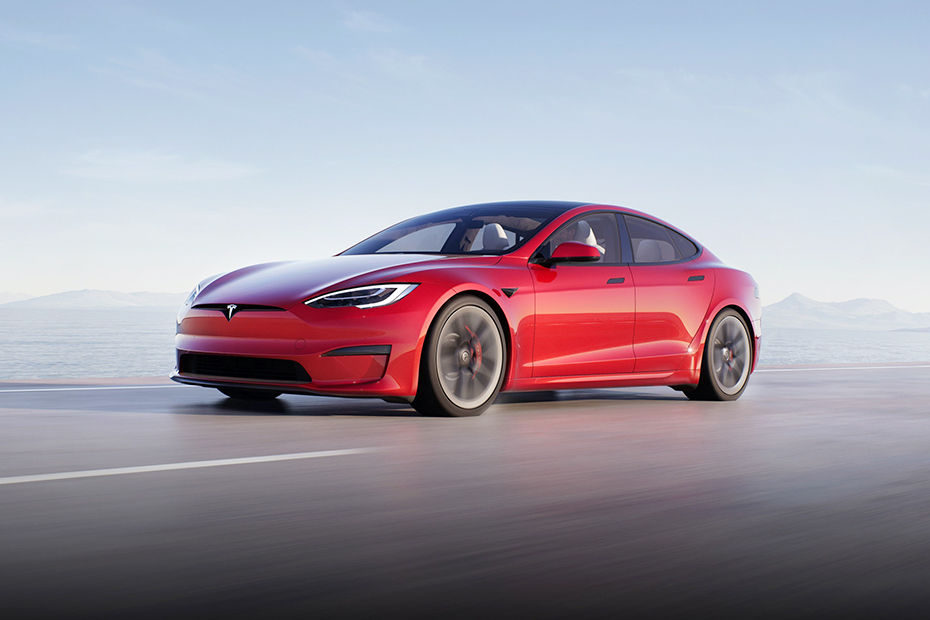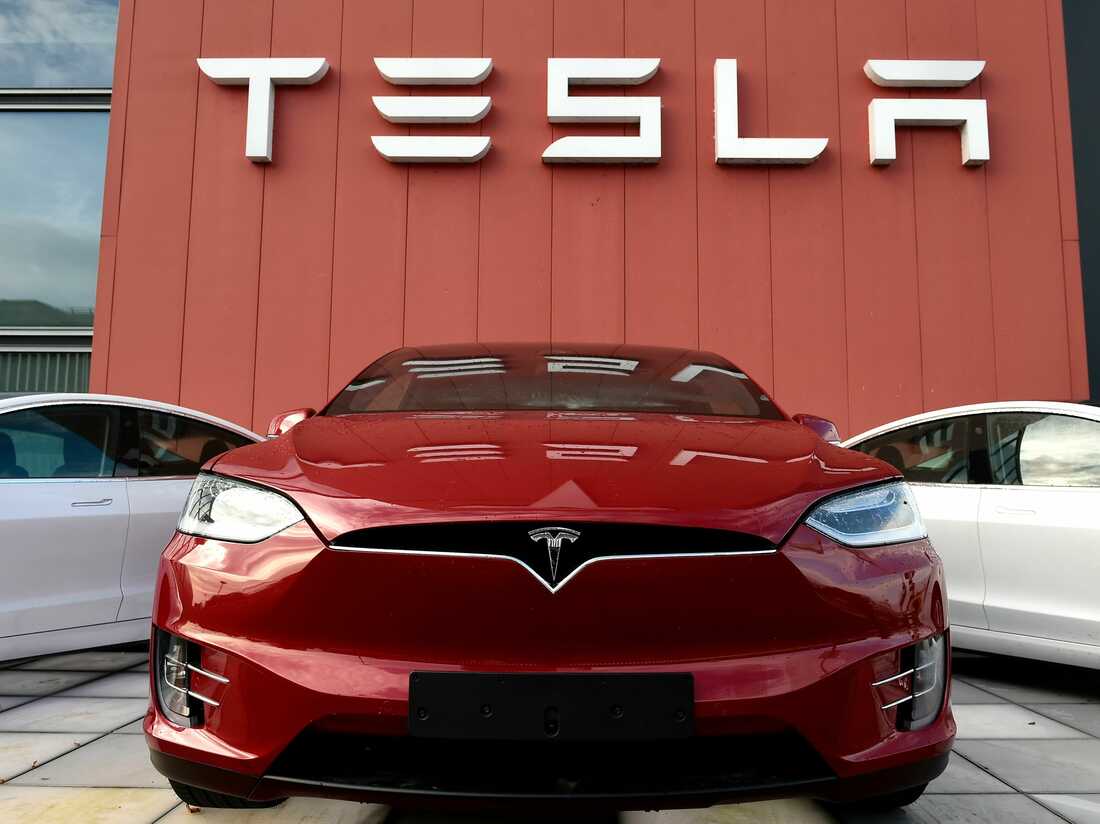US is looking into a fatal Tesla crash in Virginia that may have involved an automatic driving system
U.S. auto safety officials have dispatched a team to Virginia to look into a tragic collision involving a Tesla that may have used a partially autonomous driving system.
The National Highway Traffic Safety Administration has been looking into 35 Tesla crashes since June 2016 as of the most recent crash, which happened in July. The government believes the Teslas were using a partially automated driving technology, like Autopilot, in each of the occurrences. 17 fatalities are confirmed.
In documents released on Thursday, the safety agency said that the Tesla ran into a large truck but provided no other information. According to a statement from the Fauquier County Sheriff’s office in Virginia, on July 19, a Tesla driver was killed when his vehicle slammed into the side of a tractor-trailer leaving a truck stop. According to the department, the truck driver was accused of driving recklessly.
The inquiry into whether automated driving technologies played a part in the collision, according to sheriff’s office spokesperson Jeffrey Long, is ongoing. Long wrote in an email that the sheriff’s office “is investigating the crash to determine the cause and any potential culpability.” The NHTSA is also involved and will lend its knowledge to any investigation’s outcome.
 On Thursday, messages were left asking Tesla for comment
On Thursday, messages were left asking Tesla for comment
A head-on collision involving a Tesla Model 3 and a Subaru Impreza in South Lake Tahoe, California, on July 5 is one of the recent accidents the NHTSA is looking into. A baby traveling in the Tesla and the Subaru’s driver both perished. Additionally, the NHTSA dispatched investigators to a collision that wounded a 17-year-old student on March 15 in Halifax County, North Carolina. At the time, the 51-year-old male driver of the 2022 Tesla Model Y failed to stop for the bus, which was flashing all of its activated warning lights, according to the State Highway Patrol.
The American safety agency is investigating a series of accidents involving Tesla vehicles that are thought to have used partially automated systems like Autopilot and “Full Self-Driving.” Despite their titles, neither system can drive itself. On its website, Tesla states that drivers must always be prepared to take action.
The outcomes of the special crash investigation teams have not been made public by the agency. In at least two of the investigations, Teslas were seen driving beneath tractor-trailers as they crossed the road in front of them.
 Over the past three years, NHTSA has launched at least six formal investigations
Over the past three years, NHTSA has launched at least six formal investigations
into Tesla safety issues in addition to the special crash investigations. Investigators are looking into Teslas that, while using the Autopilot driver-assist system, can collide with stationary emergency vehicles, unannounced emergency braking, suspension failures, potentially loose steering wheels, steering failures, and potentially disconnected front seat belts.
While Tesla claims “Full Self-Driving” can handle the majority of driving activities and is already being tested by owners on public roads, Autopilot can help a car stay in its lane and keep a safe distance from cars in front of it. Tesla advises owners to be prepared to step in at all times in each scenario.
The nonprofit Centre for Auto Safety’s executive director, Michael Brooks, claimed that Autopilot is defective and needs to be recalled. It’s obvious that many Tesla drivers aren’t paying attention and are relying too heavily on the technology to operate the cars, he claimed.
The recall “should be a slam dunk,” according to Brooks. Because of this, I find it perplexing that it is taking so long and that we are forced to continually witness people’s deaths.



